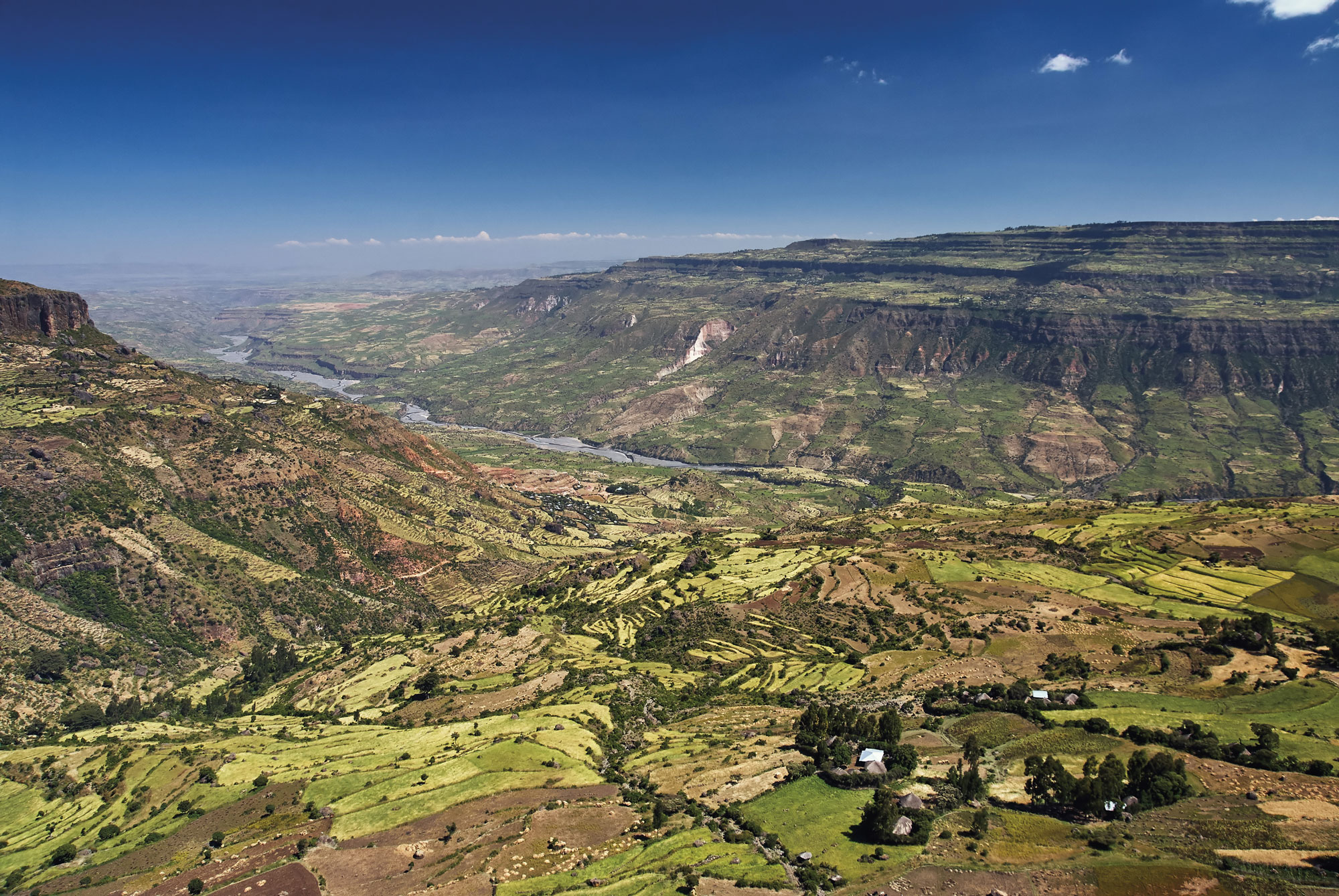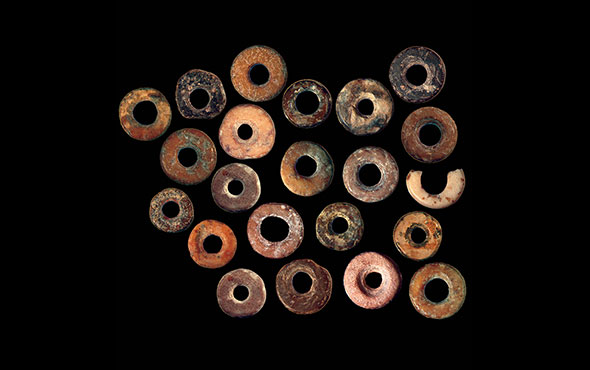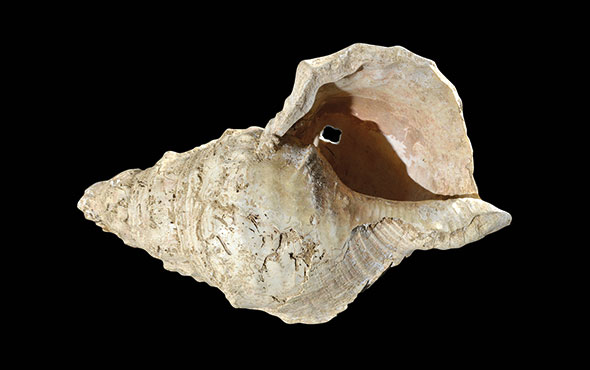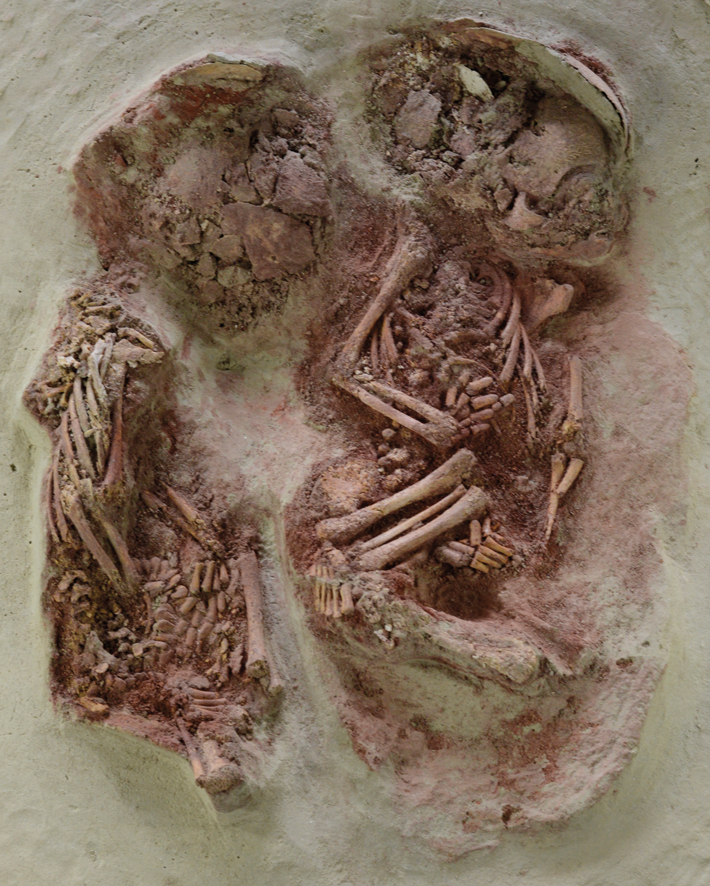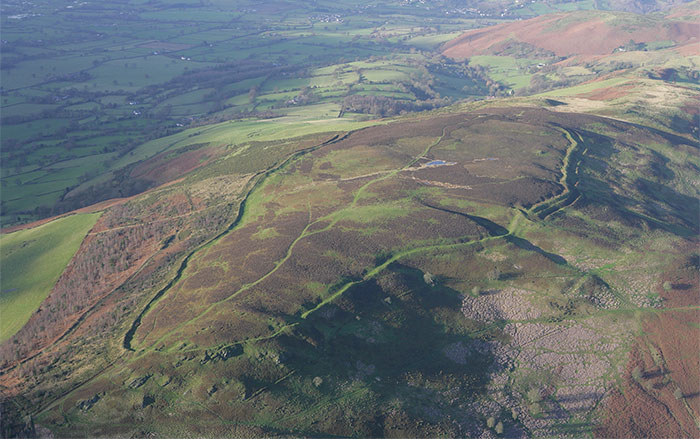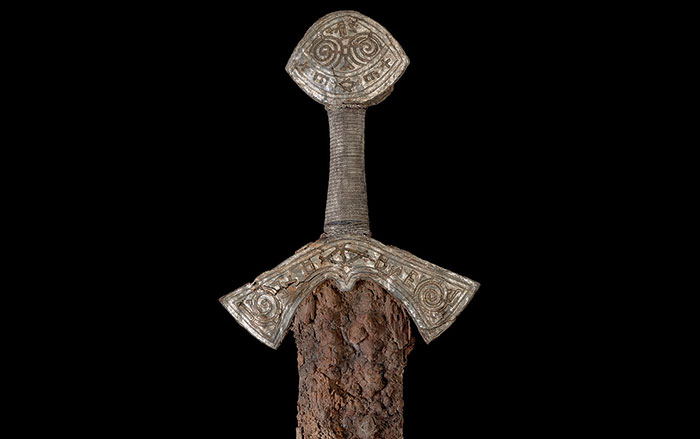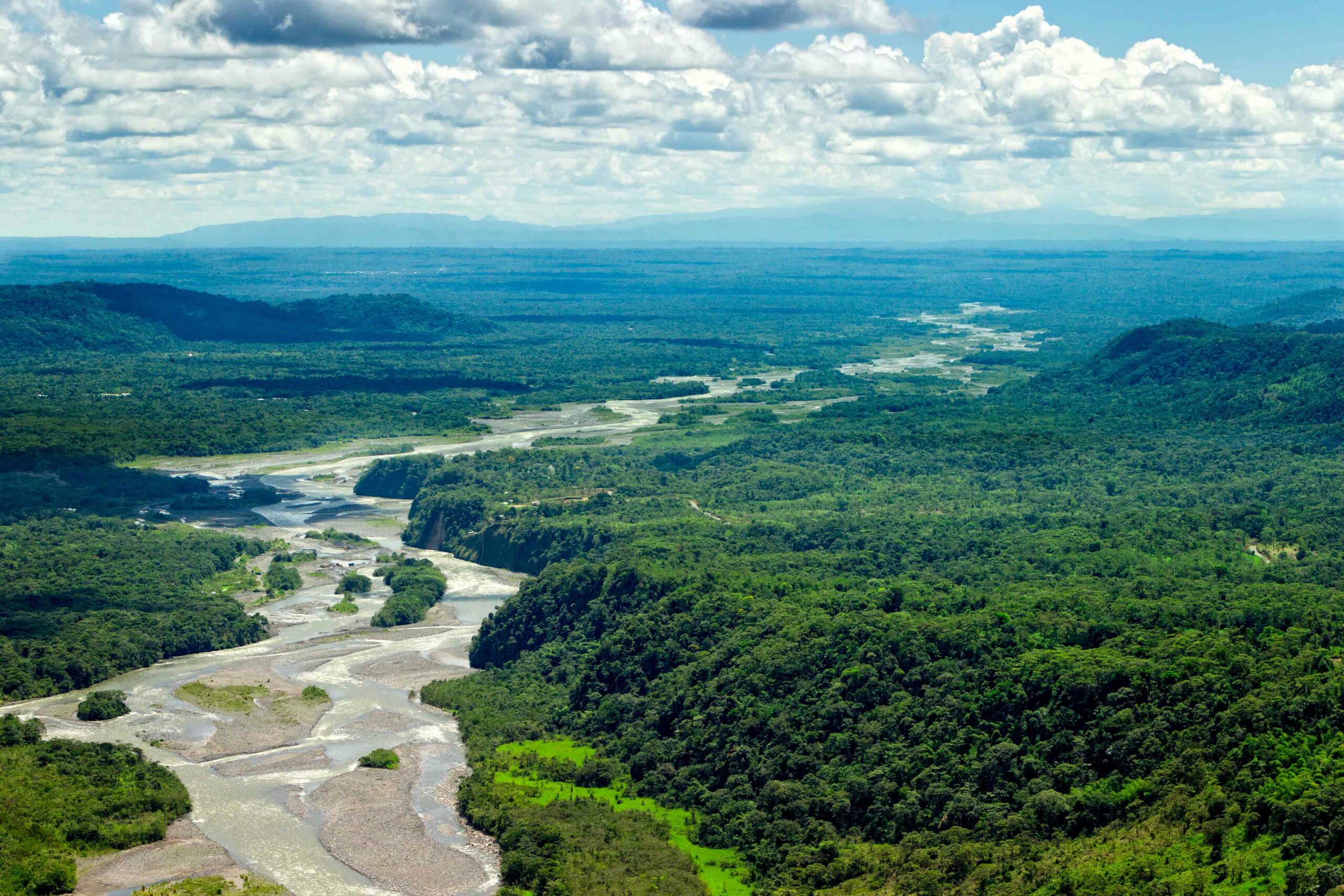
KURDISTAN, IRAN—Excavations in western Iran have uncovered Paleolithic stone tools, burned animal bones, and hearths. The campsites were found in caves and rock shelters along the Sirwan River. “The new finds provide researchers with valuable information about the way of life, game hunting, and tool making cultures of the primitive hunting societies and food collectors,” project leader Fereidoun Biglari told Tasnim News. The artifacts date from more than 40,000 years ago to the end of the last Ice Age, some 12,000 years ago, and provide the earliest known evidence of human activity in Iranian Kurdistan. “Primary examination of animal bones indicates that Ice Age hunters were more focused on wild goat herds that lived in the rugged mountains of Hawraman, high above the Sirwan River,” Biglari explained. To read more about archaeology in Iran, go to "The World in Between."


